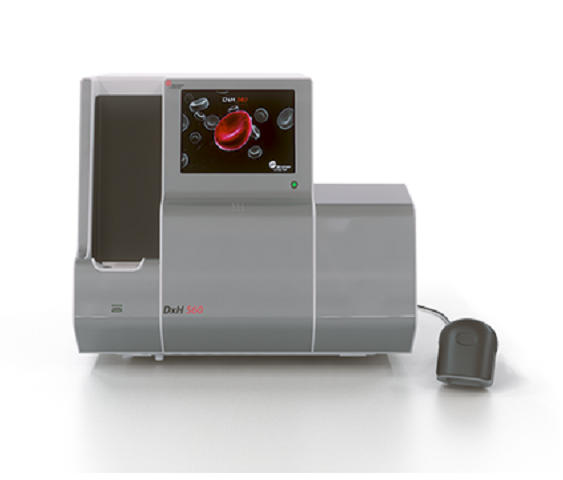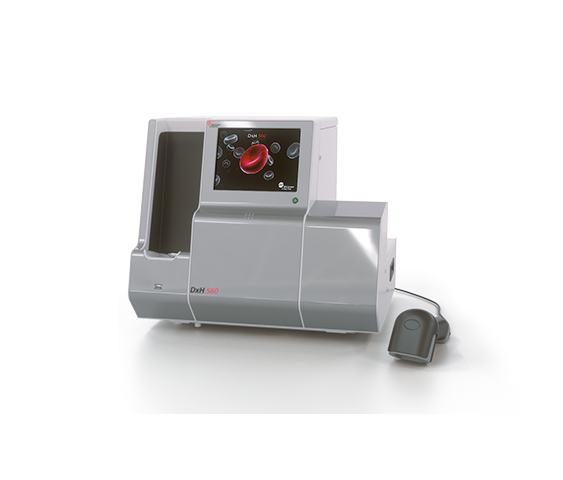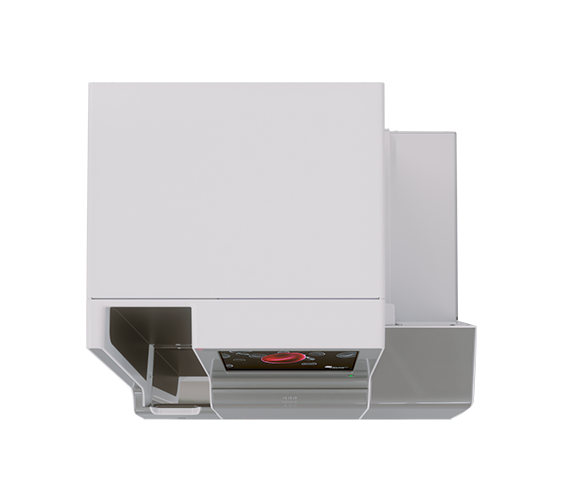
DxH 560 AL Hematology Analyzer
Save time and resources, eliminate manual intervention and deliver high-quality results, even for difficult-draw patient groups, with the DxH 560 AL Hematology Analyzer.
The DxH 560 can help your laboratory


Small and mighty, because good things come in small packages.
Save time and resources, eliminate unnecessary intervention and deliver high-quality results, even for difficult-to-draw patient groups, with the DxH 560.
- Save time and resources: with a multi-tube, compact hematology analyzer that has proven reliability, paperless data management and autonomous instrument daily cleaning
- Available when you need it: the DxH 560 is engineered for high uptime and system reliability at less than one service call per year
- Eliminate system readiness delays: experience hands-free, autonomous daily cleaning and startup. The DxH 560 was designed with reliability in mind and allows for high walkaway time with autonomous daily start-up and system checks, hands-free daily cleaning, plus simple and few reagent replacements for maximized uptime
- Load and go up to 50 samples: with on-the-fly continuous loading more than twice the capacity compared to the closest competitor

- Extended QC (eQC): with onboard bias, precision and accuracy monitoring without the need for internet or extra fees
- Reduce administrative errors and go paperless:: designed to work as hard as you do, the onboard data management in the DxH 560 can host up to 30,000 patient records—equivalent to a year’s worth of tests with typical usage
- Keep analysis running smoothly throughout the day: store and manage just three reagents, with simple and quick replacement, compared to six reagents with other analyzers in its class
- Test in tight spaces: with an integrated monitor and keyboard and only one external reagent, the DxH 560 requires up to 1/3 less laboratory counter space than other analyzers in its class
Deliver secure, high-quality, confident results with fewer unnecessary slide reviews within secure, expanded patient database capability
Ensure a more accurate 5-part differential with sophisticated flow cytometry with proprietary dynamic gating technology that reduces flagging by 40% compared to static gating. The sophisticated gating technology in the DxH 560 improves the identification of white blood cells (WBC) populations by automatically adjusting the thresholds between cell-cluster arrangements.(Figures 2a and 2b). More reportable results are seen with more challenging cell populations, such as lymphocytes and eosinophils, giving a more accurate 5-part leukocyte differential than static gating.
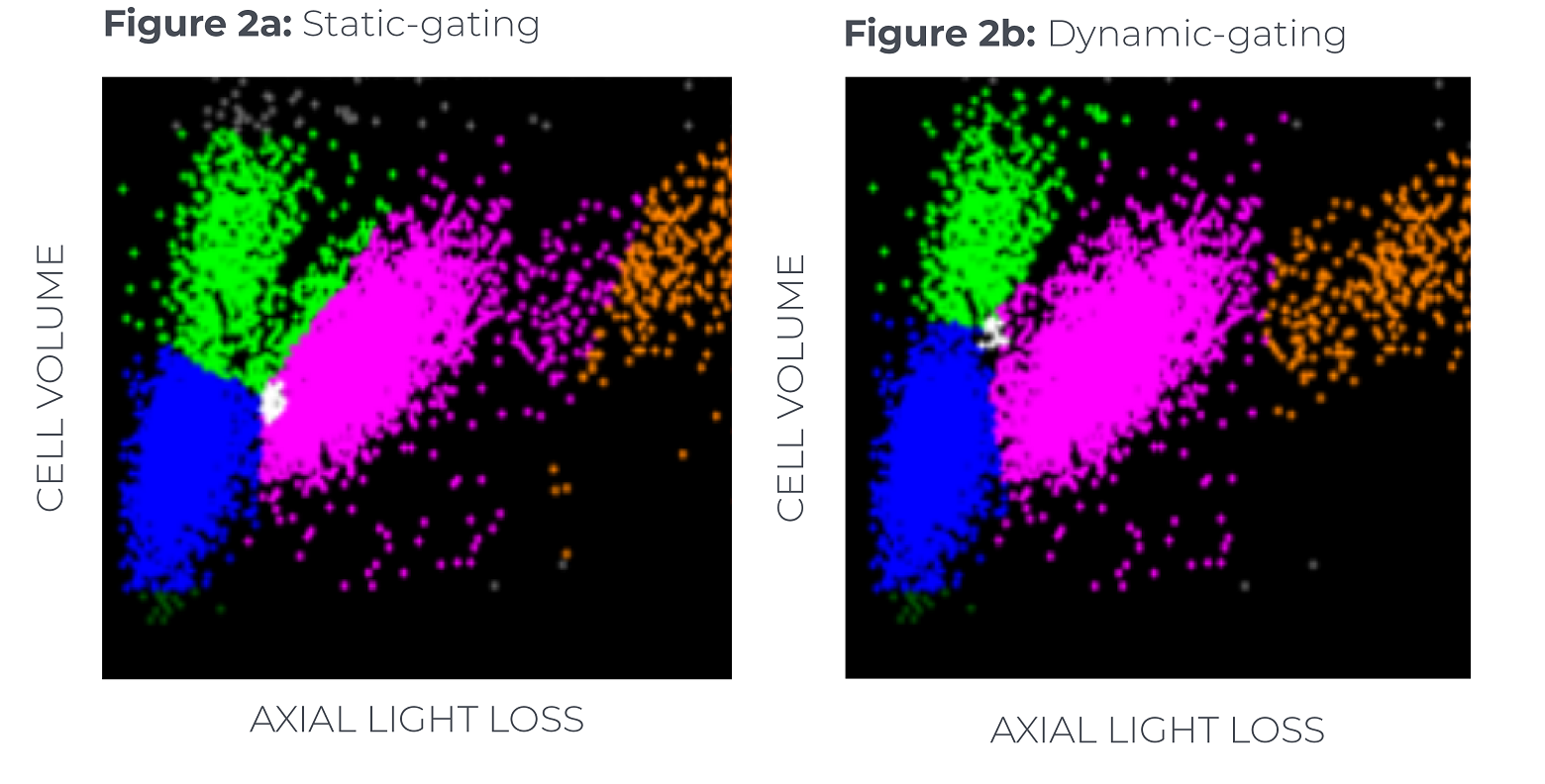

Improve physician and patient satisfaction
- With the first draw, meet the needs of difficult-draw patient groups such as infant, geriatric and oncology patients, without compromising on quality
- Conserve precious samples from infant, geriatric, oncology and other difficult-draw patients. With the DxH 560, laboratories can deliver critical first results accurately, with an aspiration as little as 17 μL
- Report pediatric results with confidence and with more accurate test result interpretation* based on comprehensive ranges established specifically for the DxH line — the first portfolio of hematology analyzers with comprehensive pediatric ranges
- Provide peace of mind for your patients with industry-leading privacy and security features — including customizable user login and fully traceable automated timeouts - guarding patient electronic personal health information
Mode of Operation |
Autoloader, 50 tube continuous feed capacity, open-tube mode |
Sample Volume |
17 μL of venous or micro-collected whole blood |
Throughput |
55 closed-tube samples per hour, 60 open-tube samples per hour |
Menu/Test Parameters |
WBC, RBC, HGB, HCT, MCV, MCH, MCHC, RDW-SD, RDW-CV, PLT, MPV, LY%, LY#, MO%, MO#, NE%, NE#, EO%, EO#, BA%, BA# |
RUO Parameters |
IMM%, IMM#, LHD, MAF, PCT,PDW |
Data Storage |
30,000 patient results, including graphics, flags, codes and messages |
QC Package |
12 control files, each with a maximum of 150 runs, LJ plots, XB, XM and eIQAP with QC auto rerun |
User Interface |
Integrated 8.4 inch high resolution color touch screen; Handheld barcode |
Power Requirements |
|
Carryover |
<1.00% for WBC, RBC, HGB, PLT and 5-part differential |
Ambient Temp/Altitude |
18–32°C (64.4–89.6°F) / Up to 3,000 meters (9,842 feet) |
Humidity |
80% relative humidity (non-condensing) at 32°C (89.6°F) |
Altitude |
Up to 3,000 meters (9,843 feet) |
External Storage |
Supports USB 2.0 (five ports) |
LIS |
Bidirectional interface supports Ethernet communication via RJ45 and Serial RS-232 communication |
Printer |
Optional USB printer; laser or ink jet |
Languages |
Czech, English, French, German, Iberian Portuguese, Italian, Japanese, Romanian, Spanish, Russian |
Weight and Dimensions |
|
Select Tips & Tools to access helpful documents and information for your instrument.
Step 1: To access content such as job aids, checklists, In-Lab Training Manuals, etc., select the Tips & Tools link in the top left navigation.
Step 2: Select the product name.
Step 3: You will be directed to the product page and access to the product-specific content.
Click here to access Tips & Tools
BLOG Go to the Next Level with 5-Part Differential Hematology Analyzers

PEER-REVIEWED CLINICAL STUDYValidated and Published Pediatric Ranges
Medical care of children and adolescents is significantly dependent on reference intervals to properly interpret laboratory test results. View multicenter published study from the American Journal of Clinical Pathology that establishes pediatric hematology reference ranges on the DxH 500 series.
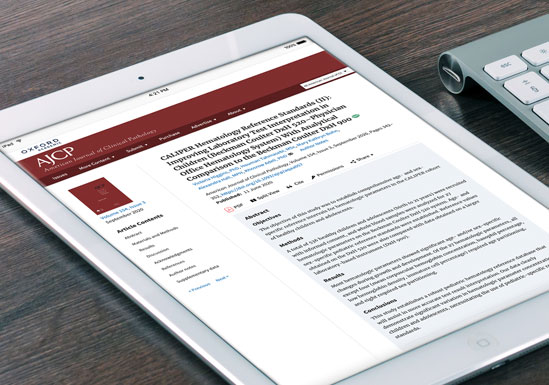
CASEBOOK The DxH 500 Series System Technology Casebook
The DxH 500 Series System technology allows for effective cellular analysis by incorporating the Coulter Principle and Flow cytometric optical measurements. Read the casebook to learn more about how the DxH 500 Series makes a difference in the Hematology world.
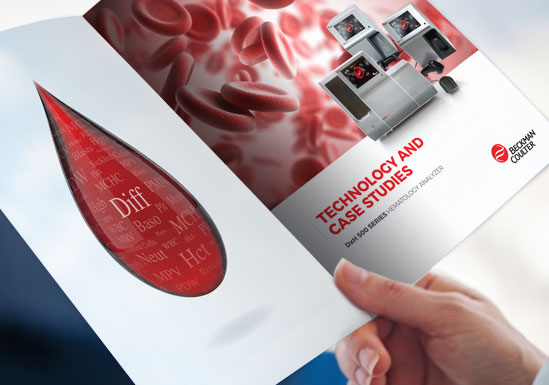
BROCHURESmall and Mighty
High quality results with minimal manual intervention, right on your countertop.
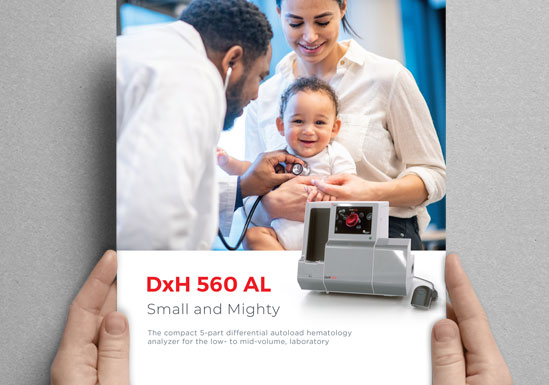
*CALIPER Hematology Reference Standards (II): Improving Laboratory Test Interpretation in Children (Beckman Coulter DxH 520 – Physician Office Hematology System) with Analytical Comparison to Beckman Coulter DxH 900 Victoria Higgins (PhD)a,b,*, Houman Tahmasebi (MSc)a,*, Mary Kathryn Bohn (BSc)a,b, Alexandra Hall (MPH)a and Khosrow Adeli (PhD)a,b*
*American Journal of Clinical Pathology, Volume 154, Issue 3, September 2020, Pages 342–352, https://doi.org/10.1093/ajcp/aqaa057 Published: 11 June 2020
 English
English


